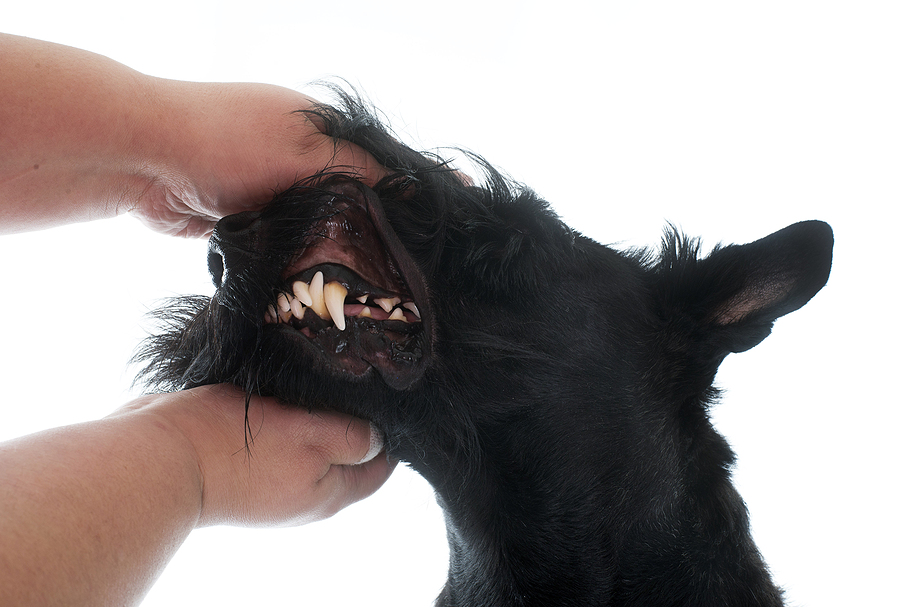
Following five years of study, the Topikos Biofilm Research Institute (TBRI), a division of Topikos Scientific, Inc., has reported an advancement in the treatment of periodontitis resulting from a study of over 100 dogs with gingivitis and periodontitis.
“Dental science was first to conclude that biofilm disease, dysbiosis, drove the pathway from plaque and gingivitis to anaerobic, increasingly pathologic biofilms in the sub-gingival sulcus leading to ligament and bone loss that creates irreversible periodontitis,” says TBRI team member Kevin Cawood, DVM. “Over several decades it became clearer chemical elements in the biofilm matrix entered the circulation to cause distant inflammation and serious complications.”
Dr. Cawood, along with the rest of the TBRI team, ENT physician William Cast, MD, and microbiologist Michael Bechill, PhD, treated dogs of various breeds, age, and disease severity with scaling, polishing, and placingement of an antibiofilm compound into the subgingival sulcus. A few dogs were controls and received only scaling and polishing; a few more were treated only with a treatment solution. Both prior to treatment and at one -month post-treatment, each dog’s gum line was swabbed to sample the gingival biome, and the specimens were sent for next generation sequencing (NGS).
Some of the findings of the trial include:
- A single application of the treatment solution into the subgingival sulcus showed clearing in about two weeks.
- Serial NGS studies have been done comparing studies from pre-treatment to those from one-month, four-month, and six-month intervals. Observations to date, by the veterinarian and owners, confirm returning dogs remain clear from the single treatment for over six months with improved symptoms and breath.
- Interim trial results show the biome pre- and post-treatments differ significantly. It remains clear size and breed are significant factors and that, while known pathogens exist in the normal biome, they are represented in different ratios when disease state is contrasted to that of recovery.
- Dogs less severely afflicted and not treated with scaling, showed similar extended recovery.

Active sever periodontitis in a one-year-old Belgian malinois with chronic furcation lesion. The dog had failed two rounds of treatment, including a scaling and polishing. Photo courtesy TBRI
Dogs enrolled early in the study are now being recalled for examination and repeat NGS testing. The study’s pilot dog, Molly, a Scottish terrier, remained clear through its seventh month, but began to show minimal plaque in the eighth month post treatment.
Owners have reported normal appearing gums, improved breath odor and, in some cases, more energy and improved behavior, which the TBRI researchers have attributed to pain relief.

“We plan to measure the duration of pathologic biofilm control provided by interim topical treatment without general anesthesia, scaling and polishing. Extension of infection control beyond two years would benefit the dogs and better align veterinary practices with what owners in general can afford to pay annually,” says Dr. Cawood.
For more information, click here.
